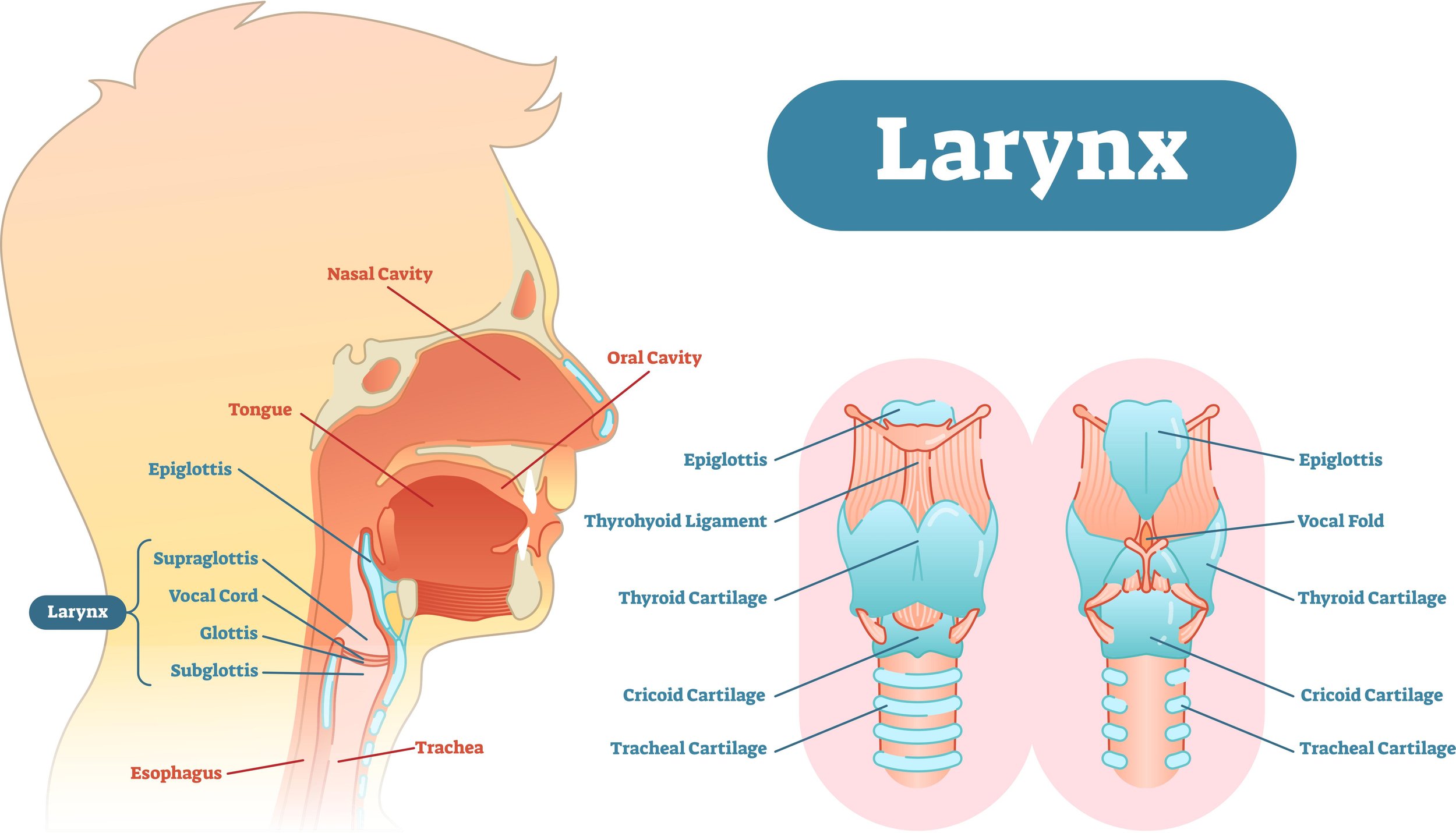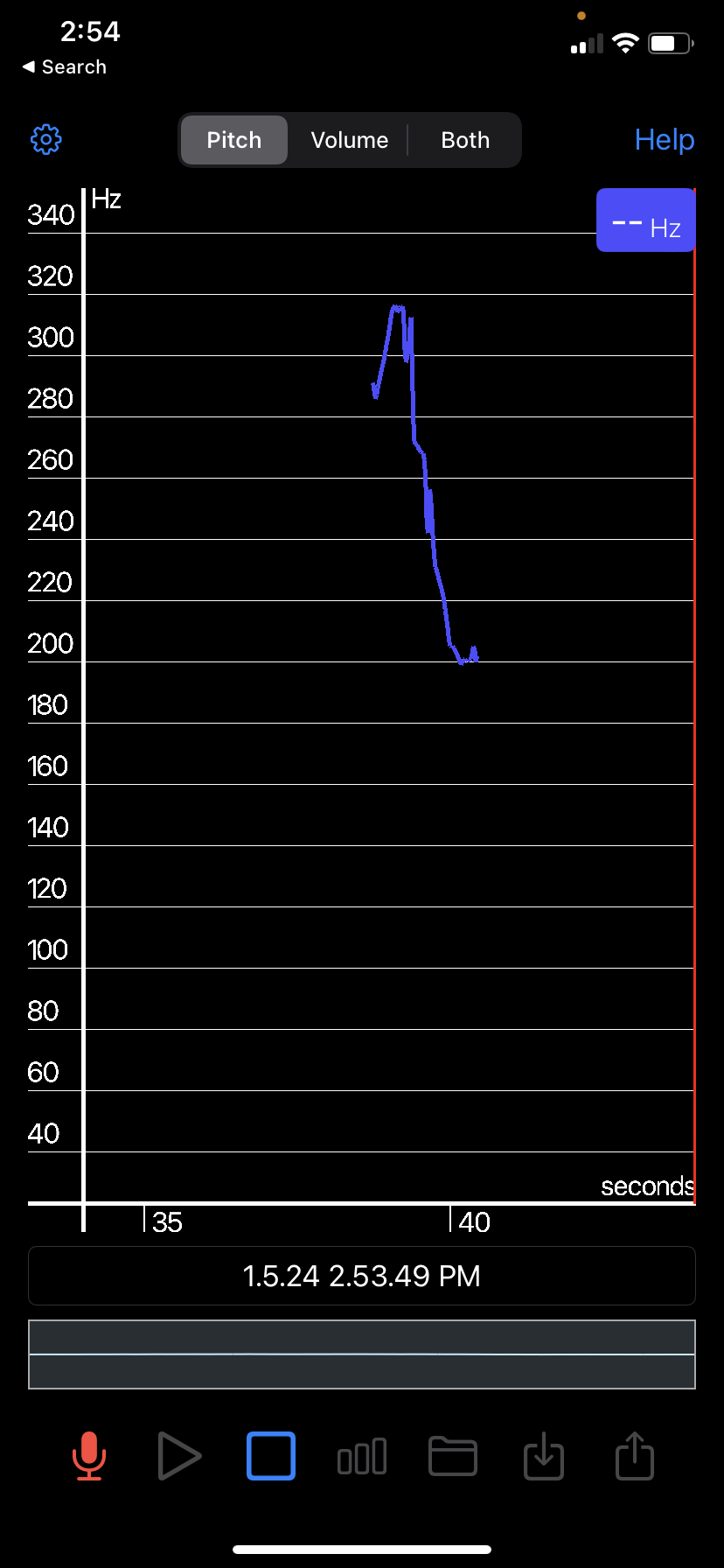How to Express Yourself With Intonation [Building Blocks of Vocal Feminization Part 4/5]
The voice is a window into your emotions. We can gather so much information about what a person means and how they feel in the way they say things.
When your best friend calls you on the phone, you can tell instantly how they feel about what they’re about to tell you.
When you meet someone for the first time, their voice might tell you if they are in an energetic or mellow mood.
The magic sauce is intonation!
We’ve gone through resonance and pitch, and these are very important elements of vocal feminization. But we can’t forget intonation! It’s the icing on the cake, the cherry on top.
Below, I talk about what intonation is, how to practice it, and how to notice it in your own voice as well as in others’ voices.
What is intonation?
Intonation is the movement of pitch in speech that shows emotion and conveys the meaning of what a person says. We can also consider how smooth or “choppy” someone’s voice is, or how quickly someone is speaking under the same umbrella.
Generally, feminine perceived voices and masculine perceived voices have different intonation styles.
Feminine perceived voices tend to use more movement in pitch and elongate syllables to emphasize things.
Masculine perceived voices tend to use more monotone speech patterns, and emphasize using volume rather than pitch movement.
Notice your intonation
Let’s try an exercise so you can notice when your pitch goes up and when it goes down.
Open Voice Tools, Voice Analyst, or any other pitch app. Notice how your pitch moves when you say the following phrases:
Will you be there?
I will be there.
You probably notice a difference in the way the line moves on the graph for each phrase.
Take a look at the graph from Voice Analyst as I say “Will you be there?”
“Will you be there” is a question, and like many questions, the pitch goes up at the end of the phrase.
Now, take a look at the graph when I say, “I will be there”.
“I will be there” is a statement and we can see (and hear) that the pitch moves down at the end of the phrase.
Practice intonation
In order to adjust your intonation, you need to have a sense of what it feels and sounds like when your pitch goes up, down, or stays flat.
Open your pitch app.
Try saying the following phrases with the line staying flat and monotone, then going up, then going down.
What’s up?
I’m not going.
I’ll have an oat milk latte.
Notice your own intonation
Your intonation is sure to be different as you speak to different people or when you’re in different moods.
Now it’s time to dust off your acting chops…
Try saying, “Hi, how are you?” as though you’re talking to:
Talking to a dear friend you haven’t seen in a while
Your partner when you’re really grumpy in the morning
An acquaintance when you are in a rush
How does your intonation change as you imagine speaking to different people? Is there more or less movement in the pitch? Are your syllables long or short? Are you loud or soft? Are you speaking quickly or slowly?
How to hear intonation
The amount of intonation you use is completely up to you, of course. You can get a sense of how you perceive different amounts of inflection by listening to different voices.
How would you describe Kristen Chenoweth’s intonation?
Kristen’s voice is bouncy and energetic with lots of pitch movement. She emphasizes her list of restaurants by moving her pitch up at the start of each word.
How about Janet Mock?
Her pitch is a little lower, and she uses less movement in the pitch, but it still flows very naturally. Her voice sounds very confident and grounded to me.
How about Fran Drescher?
Though her vocal tone is more “nasal”, her intonation is not moving a ton. She does elongate vowels, however.
Summary
Intonation is the secret sauce that can take your voice from feeling flat to feeling natural and easy.
Do some investigating!
What’s your current intonation style? Can you change it intentionally? Can you notice different styles in others? What intonation styles do you like?
Want to learn more? Try a private lesson or group class!


























